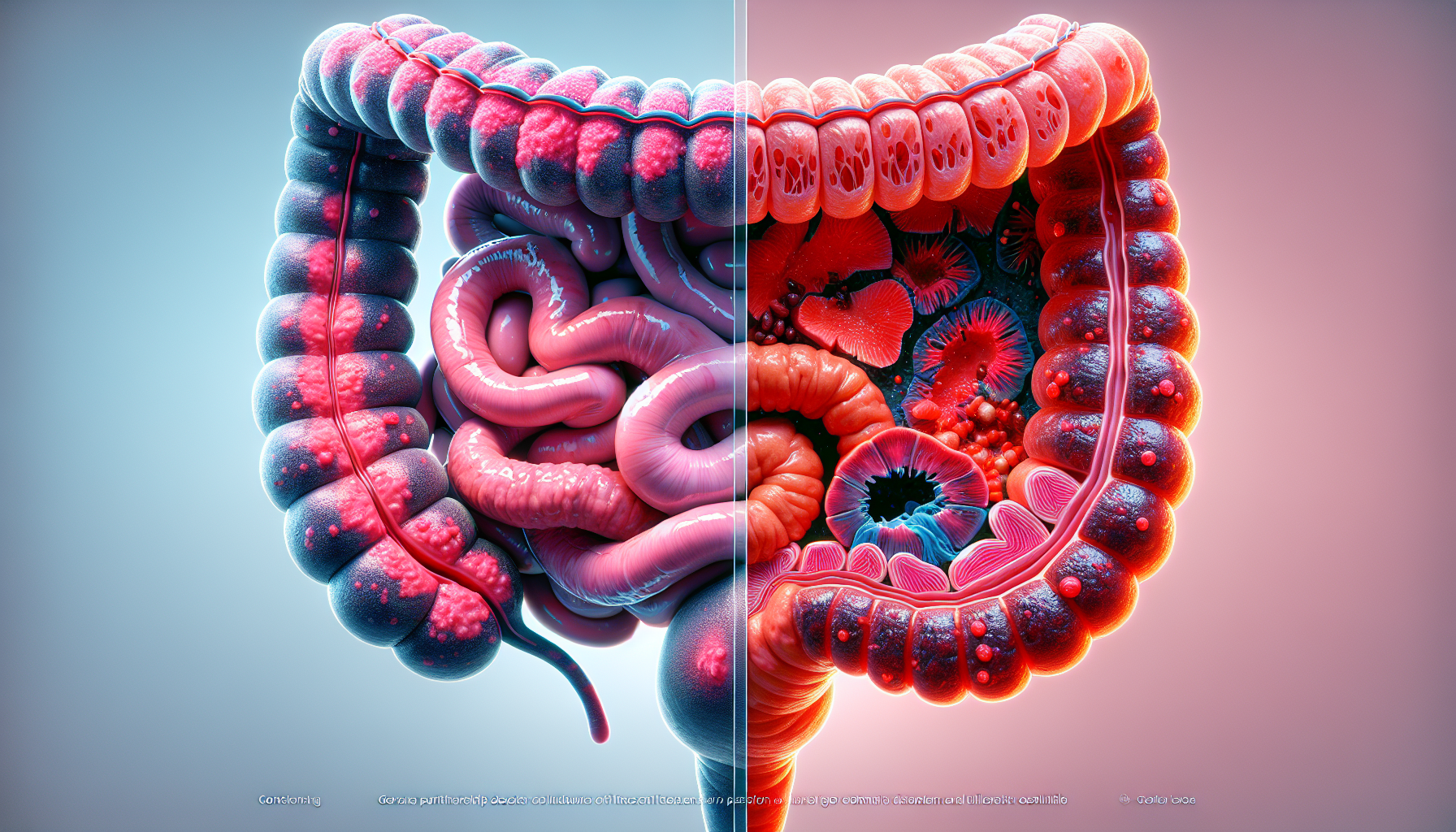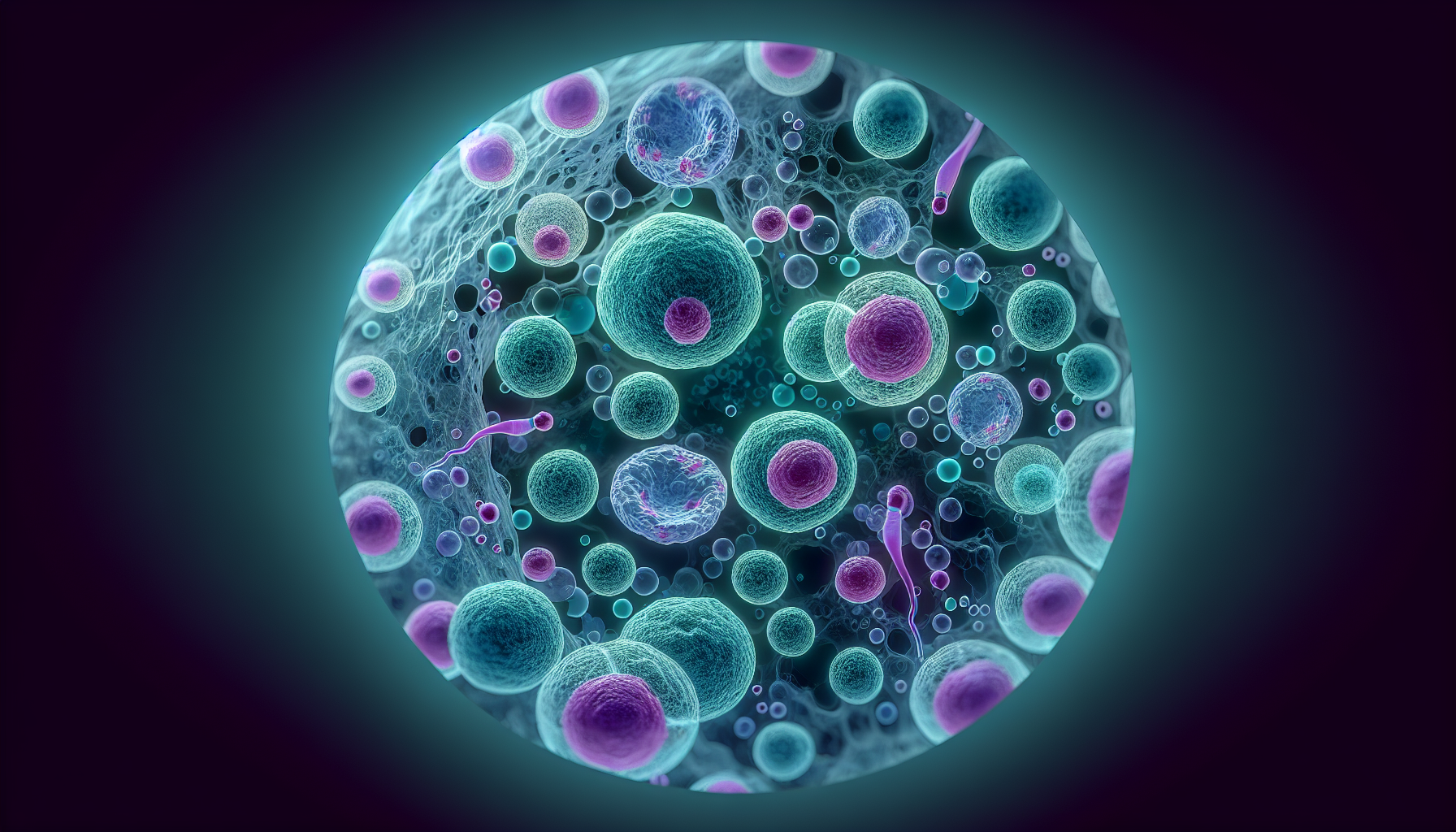Promising Results for Bylvay in Alagille Syndrome Treatment
Key Takeaways
- Bylvay significantly reduces pruritus and serum bile acids in Alagille syndrome.
- The drug has received FDA approval based on its efficacy in clinical trials.
- Further studies are underway to confirm long-term safety and efficacy.
Did You Know?
Introduction to Alagille Syndrome
Alagille syndrome is a complex genetic disorder affecting the liver, heart, and other parts of the body. In patients with this syndrome, the bile ducts are abnormally narrow, leading to bile buildup in the liver and subsequent liver damage. This condition can cause severe pruritus (itching), jaundice, and other complications like cardiovascular abnormalities and fat-soluble vitamin deficiencies.
Bylvay: A Game-Changer
Bylvay, also known as odevixibat, is emerging as a significant treatment for reducing symptoms of Alagille syndrome, particularly pruritus and elevated bile acids. Bylvay operates as a selective inhibitor of the ileal bile acid transporter, reducing bile acid levels in the blood and alleviating associated symptoms.
Clinical Study Overview
The ASSERT study, a phase 3, double-blind, placebo-controlled trial, evaluated the efficacy of Bylvay in treating pediatric patients with Alagille syndrome. The study included 52 patients with an average age of 5.5 years, who had a history of severe pruritus and high serum bile acid levels.
Study Findings: Pruritus Reduction
Patients were randomly assigned to receive either Bylvay or a placebo for 24 weeks. By the end of the study, those treated with Bylvay showed a significant reduction in scratching scores compared to the placebo group, indicating a marked decrease in pruritus. This improvement in itching can substantially enhance the quality of life for these young patients.
Impact on Bile Acid Levels
In addition to reducing pruritus, Bylvay significantly lowered mean serum bile acid levels in the treatment group compared to the placebo group. This reduction in bile acids is crucial as high bile acid levels can lead to more severe liver disease and other systemic complications.
FDA Approval and Implications
Given the encouraging results from the ASSERT trial, Bylvay has secured FDA approval for treating pruritus in patients aged 3 months and older with progressive familial intrahepatic cholestasis. It later received approval in 2023 for treating cholestatic pruritus in Alagille syndrome for patients aged 12 months and older.
Adverse Effects and Safety
During the study, the most common adverse effects were mild and included diarrhea and fever. These side effects were manageable and did not require participants to discontinue the treatment. No deaths were reported, which further supports the safety profile of Bylvay.
Expert Opinions
Dr. Nadia Ovchinsky of NYU Grossman School of Medicine emphasized that Bylvay has the potential to significantly improve the management of Alagille syndrome. By reducing systemic bile acid levels, Bylvay can help alleviate pruritus, enhance liver function, and potentially slow down liver disease progression without the need for surgical intervention.
Further Research
Given the success of the initial 24-week study, ongoing research will aim to further establish the short-term and long-term efficacy and safety of Bylvay. The results of these additional studies will be critical in determining if Bylvay can become the first-line treatment for Alagille syndrome.
Conclusion
The findings from the ASSERT study are promising, suggesting that Bylvay could offer a non-invasive treatment option for managing Alagille syndrome. With further research, Bylvay has the potential to significantly improve patient outcomes and become a standard therapy for this challenging condition.






